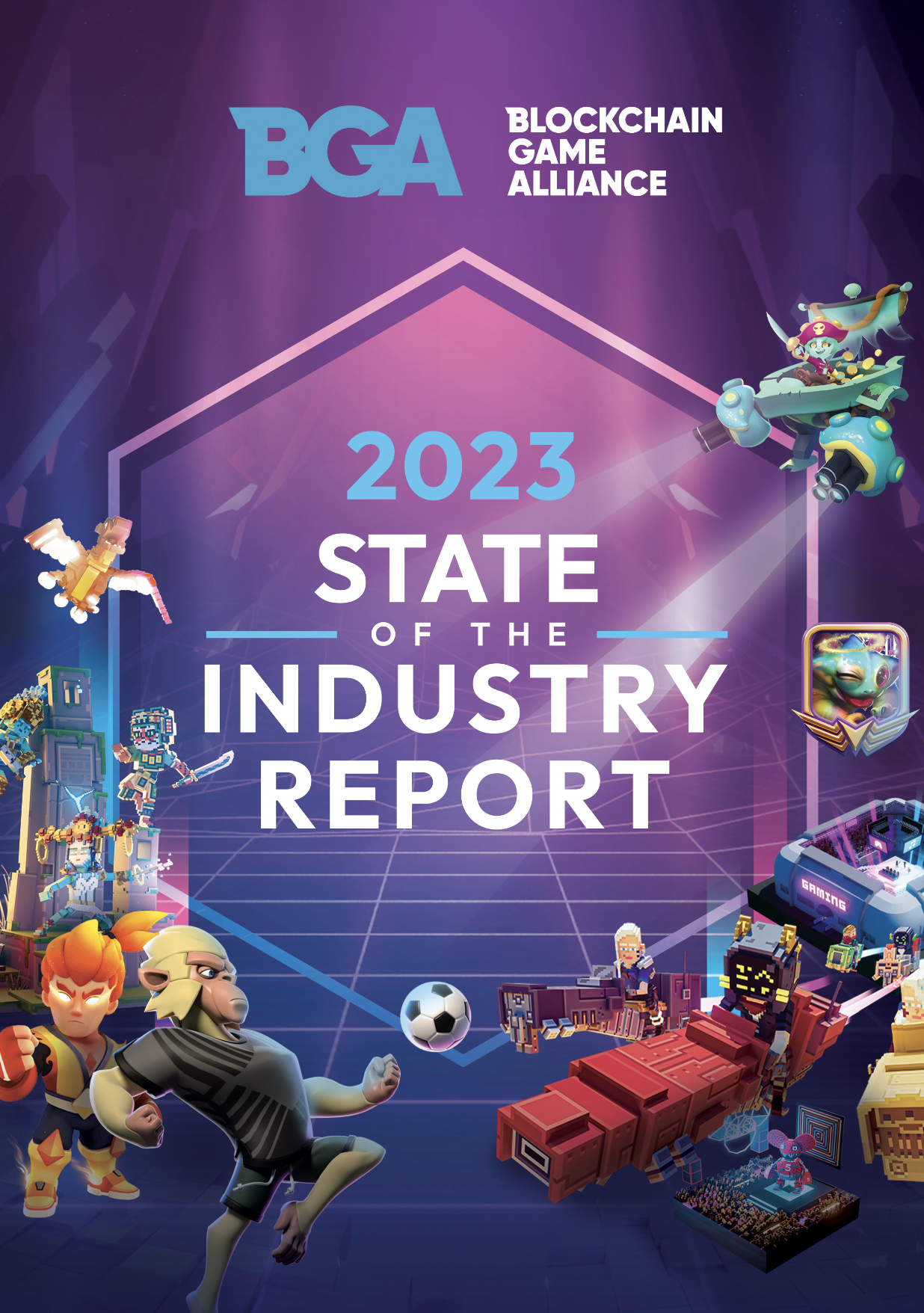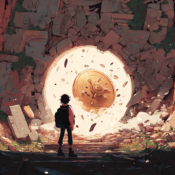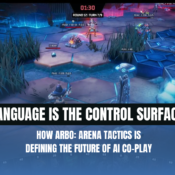
Web3 Gaming: Smart Growth, Real Players & The End of the “Mythical Gamer”
At GDC 2025, a refreshingly honest panel explored what happens after you launch your Web3 game. The conversation dove deep into user acquisition (UA), token economics, and why it’s time to move past the notion of a “Web3 gamer.” Moderated with curiosity and realism, the panel featured Jenna, co-founder of the sci-fi roguelike Wanderers , Joseph from game studio Salvay, and Doctor Adel Elmessiry – Technical Co-founder, Lussa.io, a platform merging gaming, AI, and creator tools. A panel moderated by Zach Heerwagen, CEO of Snag Solutions
“The Web3 gamer? They don’t exist. Gamers are gamers.” – Joseph, Salvay
That one line summed up the core message of the session.
The Reality of Play-to-Airdrop
All three panelists had been there: crafting questing systems, running play-to-airdrop campaigns, launching tokens—and learning from what worked and what didn’t.
“Our play-to-airdrop quest season lasted from July to January… it was just too long.” – Jenna
Attention spans in Web3 are short. Delays between hype and reward can kill momentum. On top of that, Joseph added a crucial note:
“Most teams regret giving away too much token. It just adds sell pressure.”
The key takeaway? Don’t just copy 2021 mechanics. Build something sustainable, strategic—and aligned with player behavior, not just speculation.
Tokens Don’t Make Games Fun—Games Do
Dr. Adel brought the conversation back to the fundamentals:
“Gamers want good games—not just tokens.”
The idea is simple but powerful. Tokens should enhance gameplay, not be the gameplay. To succeed, Web3 games must:
- Nail the game mechanics
- Build full economies (rentals, marketplaces, revenue share)
- Think about what comes after earning tokens
“You need to describe the entire elephant in the room.” – Dr. Adel
Beyond Crypto Twitter: Smarter UA Tactics
UA was another major theme. While Web3-native tactics like questing, bots, and play-to-earn campaigns were the meta, most panelists now recommend a pivot:
“We had 100,000 wallets, but only 7,000 actually played the game.” – Jenna
Joseph echoed this shift:
“If you want real users, list your game on platforms like CrazyGames or Poki. Get traditional gamers first.”
He emphasized the importance of reaching real players where they already are, not hoping they’ll come to Web3 first.
The Power of AI & Persistent Engagement
While bots and Telegram games didn’t move the needle much for most panelists, AI-based agents are opening new doors.
“Imagine you’re at work and tell your in-game agent: ‘Go get me ammo.’ 15 minutes later, it replies: ‘Got it, boss.’” – Dr. Adel
These AI companions blur the line between play and utility, giving players persistent worlds that evolve even when they’re away from the screen.
Monetization That Actually Works
Panelists discussed several successful strategies for monetization:
- Staking-based revenue share to reward long-term holders
- Soft staking mechanics based on token holding, not lockups
“The most important thing for a Web3 game? Drive real revenue.” – Joseph
He cited examples like Photo Finish Live on Solana, which generates millions in revenue and shares it with token stakers.
What’s Next? Real Integration with Web2 Gaming
When asked about the next big shift, the panelists all pointed toward the same north star: convergence.
“I’m just excited to stop saying ‘Web3 gaming.’ These worlds are merging—it’s time.” – Jenna
Joseph called out esports as a potential breakout channel if a Web3 game can gain traction with real teams and players.
And Dr. Adele wrapped with a vision of a shared ecosystem, where users can rent, lend, and finance in-game assets across titles—without inflation or dilution.
“You earn by doing a good job—not just by showing up.”
Final Thought: Focus on Real Gamers, Not Labels
Web3 gaming isn’t dead—it’s just maturing. The hype is giving way to strategy, smarter UA, better design, and real players.
“If your only UA is crypto Twitter, you’re building for an echo chamber.”
This panel left us with a clear message: Web3’s true unlock isn’t tokens or trends—it’s giving great games a better engine for growth, engagement, and ownership.
Tags
Recent Posts





